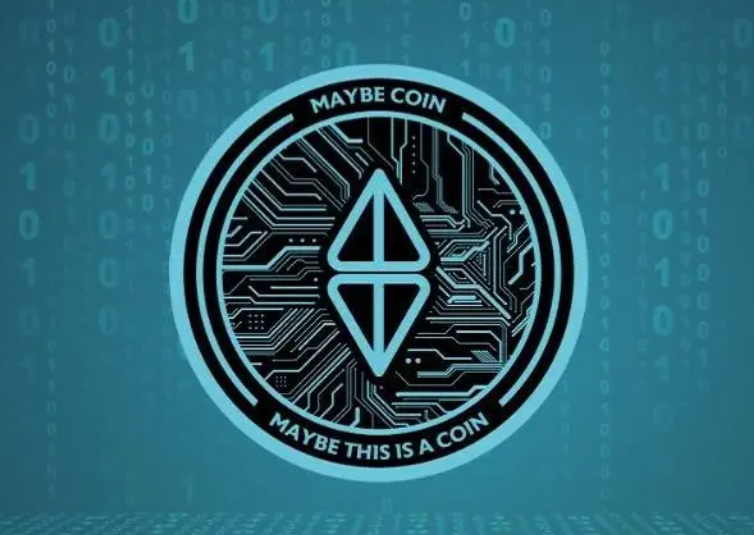Clicker games, also known as idle games or incremental games, have come a long way since their humble beginnings. What started as simple, repetitive tapping mechanics has evolved into a complex genre blending strategy, resource management, and endless progression. In this article, we’ll explore the evolution of clicker games, tracing their journey from basic tapping to the strategic powerhouses they are today.

1. The Birth of Clicker Games: Simple Beginnings
The origin of clicker games can be traced back to the early 2000s, when the genre first emerged as a niche form of entertainment. The premise was simple: players would click or tap repeatedly to accumulate points, currency, or resources. These games were designed to be straightforward and addictive, offering a sense of immediate gratification through continuous interaction.
- Key Examples: Cookie Clicker (2013) is often credited with popularizing the genre. In Cookie Clicker, players bake cookies by clicking on a giant cookie on the screen. As the game progresses, players can purchase upgrades that automate the process, allowing for idle progression.
- Core Mechanics: The early clicker games relied heavily on manual input, with the primary objective being to click as fast as possible to achieve higher scores. These games had minimal depth, focusing on the repetitive action of clicking to progress.
2. The Rise of Automation and Idle Mechanics
As the genre gained popularity, developers began experimenting with automation and idle mechanics. These additions transformed clicker games from pure tapping experiences into games that could be enjoyed passively. The introduction of idle mechanics allowed players to continue progressing even when they weren’t actively playing, adding a new layer of depth and engagement.
- Key Developments: The introduction of idle income generators, such as factories or farms, allowed players to earn resources automatically over time. This shifted the focus from constant clicking to strategic resource management.
- Impact on Gameplay: Automation made clicker games more accessible and appealing to a broader audience. Players could now enjoy the satisfaction of progress without the need for constant interaction, making these games ideal for casual play.
3. Incorporating Strategy and Resource Management
As clicker games evolved, developers began integrating more complex gameplay elements, such as strategy and resource management. This shift added depth to the genre, transforming what was once a mindless activity into a game of planning and decision-making.
- Strategic Upgrades: Players now had to think critically about how to allocate their resources, choosing between different types of upgrades that could enhance their progress in various ways. For example, some upgrades might boost clicking power, while others increase idle income or unlock new game features.
- Multiple Currencies and Resource Types: Many clicker games introduced multiple types of currencies or resources, each with its own set of mechanics. This required players to balance their approach, prioritizing which resources to focus on and when to spend them.
4. The Emergence of Narrative and World-Building
Another significant evolution in clicker games is the inclusion of narrative elements and world-building. While early clicker games were often abstract and lacked context, modern games in the genre often feature rich stories, characters, and worlds for players to explore.
- Story-Driven Clickers: Games like AdVenture Capitalist and Realm Grinder incorporate storylines that unfold as players progress, adding a new layer of engagement. Players are not just clicking for the sake of it but are working towards goals that contribute to an overarching narrative.
- World-Building: Some clicker games allow players to build and customize their own worlds, cities, or empires. This adds a creative element to the gameplay, where players can see the tangible results of their actions reflected in the game world.
5. The Integration of Multiplayer and Social Features
The latest evolution in clicker games involves the integration of multiplayer and social features. This shift has transformed the genre into a more interactive experience, where players can compete or collaborate with others in real-time.
- Social Interaction: Clicker games like Clicker Heroes and Crusaders of the Lost Idols have introduced guilds, clans, and leaderboards, allowing players to compete for high scores and achievements. This competitive element adds a new dimension to the genre, encouraging players to optimize their strategies to outperform others.
- Cooperative Gameplay: Some games have introduced cooperative modes, where players can work together to achieve common goals. This fosters a sense of community and makes the gameplay experience more dynamic and engaging.
Conclusion
The evolution of clicker games from simple tapping to complex strategy showcases the genre’s adaptability and enduring appeal. What began as a basic form of entertainment has grown into a multifaceted gaming experience that continues to captivate players worldwide. As developers continue to innovate, the future of clicker games promises even more exciting developments, blending elements of strategy, narrative, and social interaction to create games that are as engaging as they are addictive.


